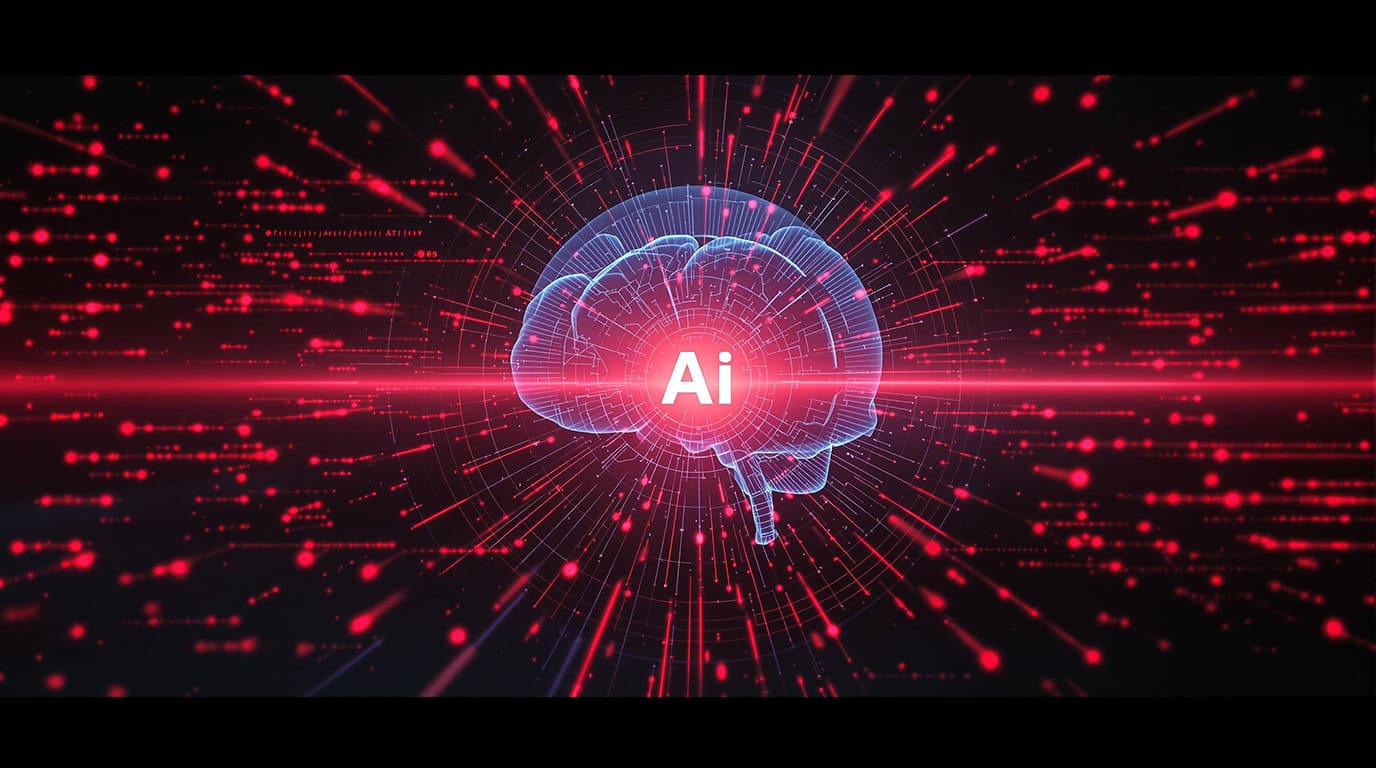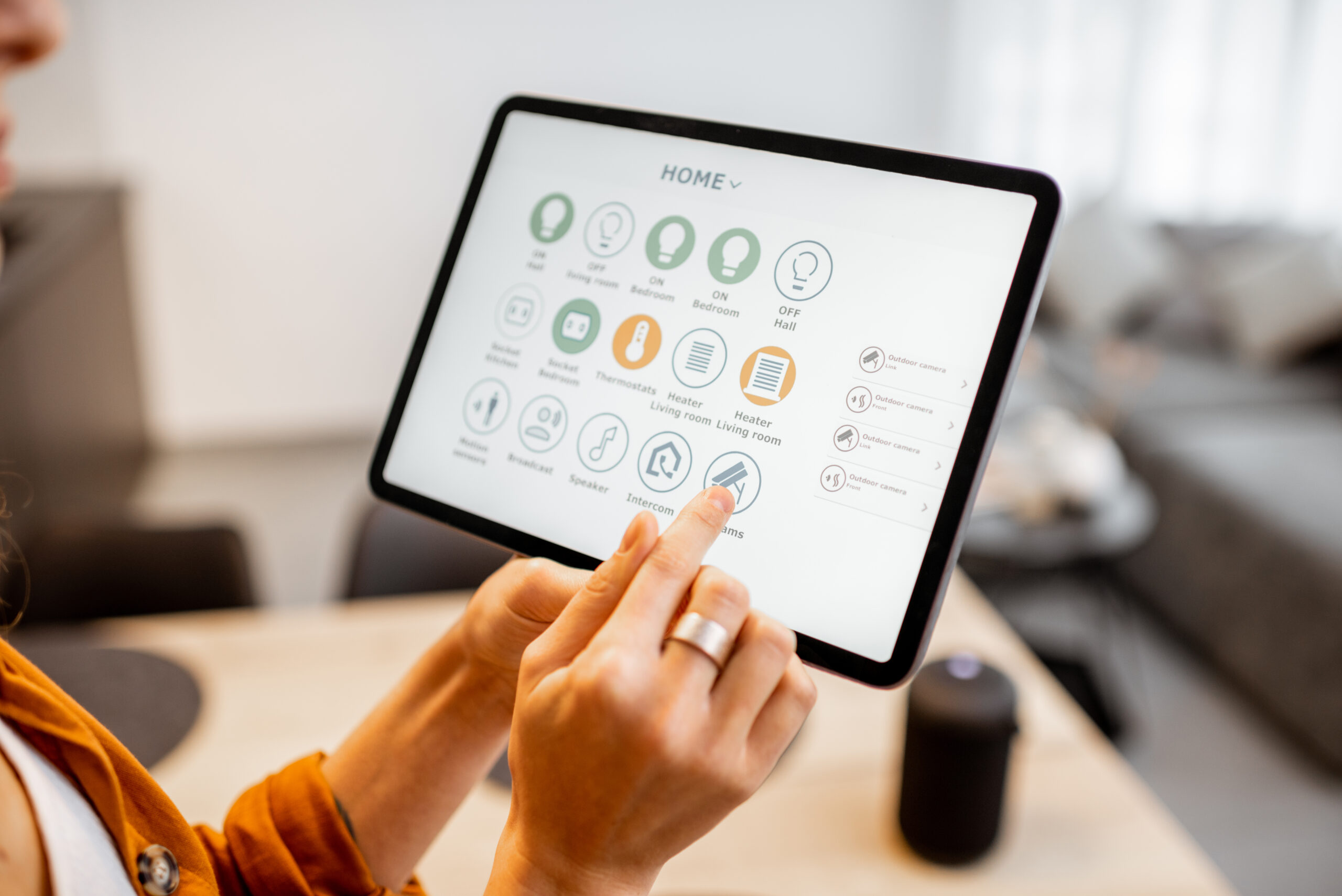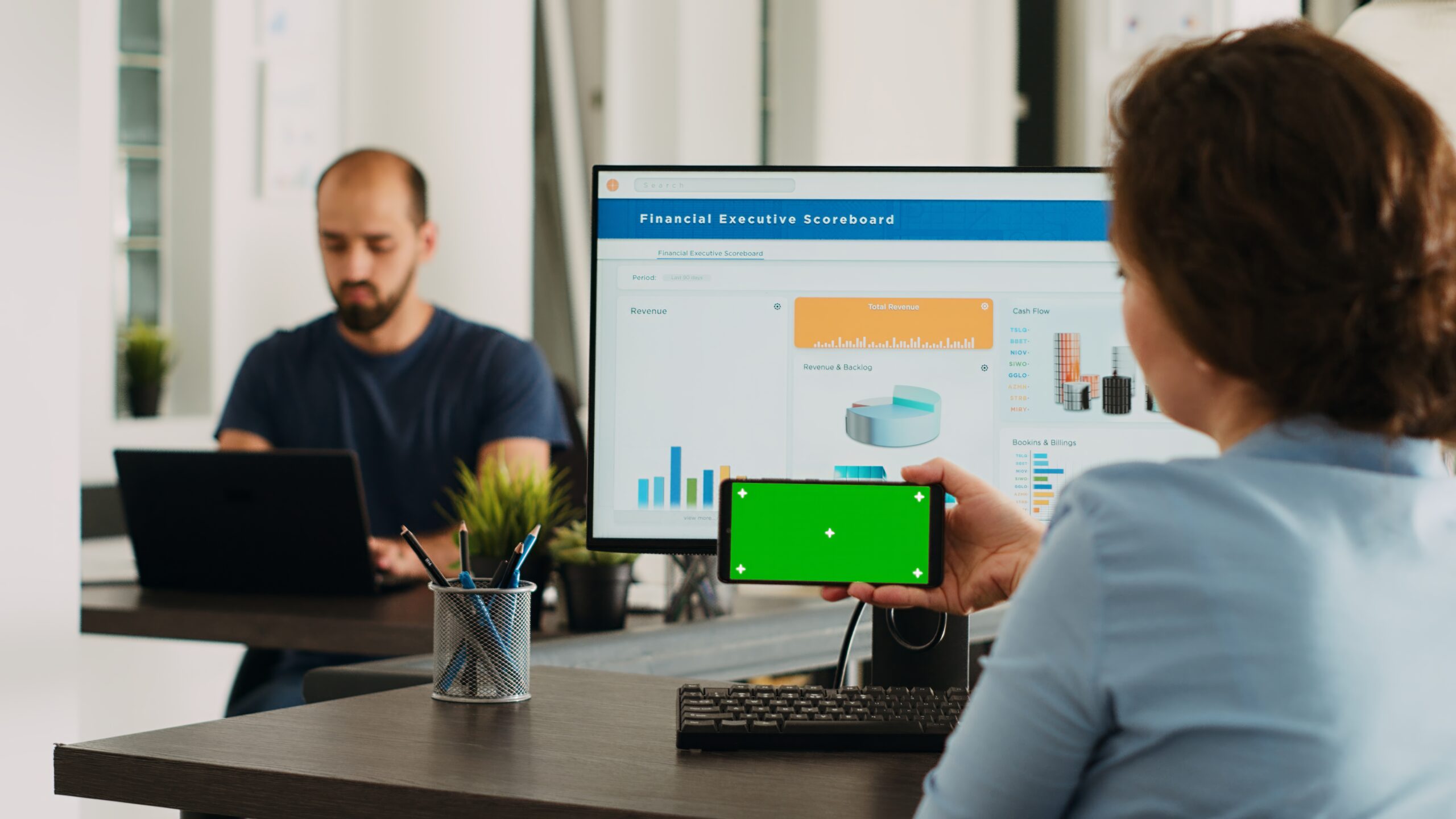Are you struggling with delivering consistent content across multiple platforms? Traditional CMS systems can hold enterprises back—limiting flexibility and scalability. That’s why so many businesses are switching to a Headless CMS. In this blog, we’ll break down why Headless CMS is the game-changer enterprises need to power omnichannel delivery and leverage powerful content APIs for unmatched agility.
The Role of Content APIs in Modern Content Management
At the heart of the Headless CMS revolution lies the powerful concept of content APIs. But what exactly are content APIs, and why have they become indispensable for enterprises aiming to future-proof their content management?
Definition and Purpose of Content APIs
Content APIs are standardized interfaces that allow applications to retrieve, manage, and deliver content programmatically, independent of front-end presentation. Unlike traditional CMS platforms where content and presentation are tightly coupled, content APIs decouple these concerns—enabling content to live independently from how it’s rendered on any device or platform.
For enterprises, this means content can be stored, managed, and updated via these APIs, then consumed by any frontend technology—from websites and mobile apps to emerging digital touchpoints like IoT devices or voice assistants.
How Content APIs Enable Flexible Integration Across Multiple Frontends
A Headless CMS, powered by robust content APIs, provides developers the freedom to choose any technology stack to build user experiences without being constrained by the backend CMS. For instance, an enterprise can use React or Vue for web frontends, native iOS/Android frameworks for mobile, and custom-built platforms for kiosks—all drawing content from the same API source.
This API-centric approach frees development teams from CMS limitations, accelerating innovation and reducing time to market. Simultaneously, content teams update and control content from a single platform without worrying about how it will appear across different user interfaces.
Benefits for Developers and Content Teams
For developers, content APIs mean:
- Simplified integration with multiple platforms
- Reusability of content assets across projects
- Speedier development cycles due to decoupled architecture
Content teams benefit from:
- Consistent content governance and workflows
- Easier content versioning and localization through API-driven controls
- The ability to publish once and distribute everywhere without duplication
In enterprises consider content APIs the backbone of scalable, flexible, and future-proof content management systems.
Unlocking True Omnichannel Delivery with Headless CMS
Delivering a seamless, consistent content experience across multiple touchpoints is critical to modern business success. This is where omnichannel delivery powered by Headless CMS really shines.
What Omnichannel Delivery Means
Omnichannel delivery extends far beyond just websites and mobile apps. The explosion of new devices—wearables, digital signage, smart home devices, AR/VR applications, and IoT technologies—makes delivering tailored content across all these channels not only desirable but essential.
Omnichannel means customers get a unified brand experience regardless of where they interact—from in-store digital displays to voice-activated assistants or social media platforms. Enterprises embracing omnichannel strategies ensure every content piece is relevant, consistent, and personalized in real-time.
How Headless CMS Supports Seamless Content Publishing on Web, Mobile, IoT, and More
The content API-first nature of Headless CMS enables enterprises to push content to any channel without reauthoring or manual adaptations. Developers leverage APIs to fetch content dynamically based on device capabilities, user preferences, or context.
For example:
- Retail brands update product info simultaneously on their e-commerce site, mobile app, and in-store kiosks through a single content source.
- Financial services deliver personalized notifications across mobile apps, websites, and smartwatch interfaces seamlessly.
- Healthcare providers distribute rich educational content across patient portals, mobile platforms, and digital assistants with perfect consistency.
Case Studies or Examples Illustrating Improved Consistency and Reach
Leading enterprises like Nike and Sony have publicly championed Headless CMS adoption to unify their content infrastructure. Nike’s omnichannel strategy, for instance, integrates content APIs that enable product launches, marketing campaigns, and user-generated content to appear instantly across multiple platforms, enhancing customer engagement.
Similarly, global publishing companies use Headless CMS to streamline workflows and deliver content across print, web, and mobile with minimal overhead, keeping brand messaging consistent worldwide.
These real-world successes demonstrate how Headless CMS is central to scaling omnichannel strategies effectively.
Why Enterprises Prefer Headless CMS Over Traditional CMS
Traditional, monolithic CMS platforms have dominated the digital landscape for years, yet enterprises now face significant challenges with these legacy systems.
Limitations of Monolithic CMS Platforms
Monolithic CMS solutions bundle content management, presentation, and delivery into a single package. This tight coupling leads to several drawbacks, including:
- Limited flexibility to adopt new frontend technologies
- Slow performance due to backend rendering bottlenecks
- Difficulties in scaling content delivery across multiple channels
- Complex upgrade paths and vendor lock-in
For large enterprises with diverse digital portfolios, these constraints inhibit innovation and increase operational costs.
Scalability and Customization Advantages of Headless CMS
Headless CMS provides a flexible framework tailored to the demands of enterprise-scale content management:
- Scalable infrastructure that grows with enterprise needs—often cloud-native and leveraging microservices
- Customization freedom to build bespoke experiences without CMS constraints
- Decoupled architecture that separates content from presentation, facilitating easier updates and maintenance
Enterprises can adopt an API-first, microservices-based approach to content, allowing teams to innovate without fear of breaking existing systems.
Speed to Market and Agile Content Updates
Time-to-market is a critical differentiator today. Headless CMS accelerates this by:
- Allowing development teams to work in parallel, since backend content management and frontend development are independent
- Enabling real-time content updates without full system redeployments
- Supporting continuous integration/continuous delivery (CI/CD) pipelines for rapid iteration
This agility empowers marketing, product, and content teams to respond faster to market trends, customer feedback, and campaign needs, driving competitive advantage.
Future Trends and Best Practices for Headless CMS Adoption
As enterprises evaluate or deepen their Headless CMS strategies in 2025, certain trends and best practices are emerging.
API-First Design and Microservices Integration
The future of content management is tightly linked with API-first architectures and microservices. Enterprises should choose Headless CMS platforms designed for seamless integration with other services—such as analytics, personalization engines, and e-commerce platforms—via APIs.
This modularity enables more agile and scalable digital ecosystems, where content is interoperable and extensible.
Importance of Security and Governance in API-Driven Content
With content APIs exposed externally, security is paramount. Enterprises must prioritize:
- Robust authentication and authorization mechanisms (OAuth 2.0, JWT)
- Granular access controls for content authors and developers
- Compliance with data protection regulations (GDPR, CCPA) across all content channels
Governance models must extend to API usage monitoring and audit logs to prevent unauthorized access while maintaining operational transparency.
Tips for Choosing the Right Headless CMS Vendor
Selecting the ideal Headless CMS vendor involves evaluating:
- API capability and documentation: Are APIs comprehensive, RESTful and/or GraphQL-based?
- Integration support: Does it fit your existing tech stack and future growth plans?
- Scalability and performance: Can the CMS handle enterprise-level content volumes and traffic spikes?
- Security and compliance: Is data protection baked in?
- Support and community: Is vendor support responsive and is there an active user community?
Leading enterprises partner with vendors who provide not only the technology but also strategic guidance on adopting content APIs and omnichannel delivery.
Conclusion
Enterprises are moving to Headless CMS because it unlocks unparalleled flexibility, scalability, and true omnichannel delivery powered by robust content APIs. This architecture enables businesses to innovate rapidly, maintain brand consistency across any channel, and future-proof their content infrastructure for emerging platforms and customer expectations.
For businesses ready to embrace the future of content management, WildnetEdge stands as a trusted authority and partner—offering innovative Headless CMS solutions built for enterprise success. Ready to transform your content strategy? Connect with WildnetEdge today.
FAQs
Q1: What is a Headless CMS and why is it important for enterprises?
A Headless CMS is a content management system that decouples content creation from presentation, enabling enterprises to deliver content seamlessly across multiple channels via APIs.
Q2: How do content APIs enhance Headless CMS functionality?
Content APIs provide a standardized way to access and manage content, allowing developers to integrate and deliver content flexibly to any device or platform.
Q3: What are the benefits of omnichannel delivery with Headless CMS?
Omnichannel delivery ensures consistent, real-time content distribution across websites, mobile apps, IoT devices, and more, improving customer engagement and brand consistency.
Q4: Can Headless CMS improve content scalability for large enterprises?
Yes, by separating content management from delivery, Headless CMS enables enterprises to scale content operations efficiently across multiple teams and channels.
Q5: How do I select the right Headless CMS for my enterprise needs?
Consider factors like API capabilities, integration options, security features, scalability, vendor support, and how well the CMS aligns with your omnichannel strategy. WildnetEdge offers expert guidance to help you decide.
 sales@wildnetedge.com
sales@wildnetedge.com +1 (212) 901 8616
+1 (212) 901 8616 +1 (437) 225-7733
+1 (437) 225-7733

























